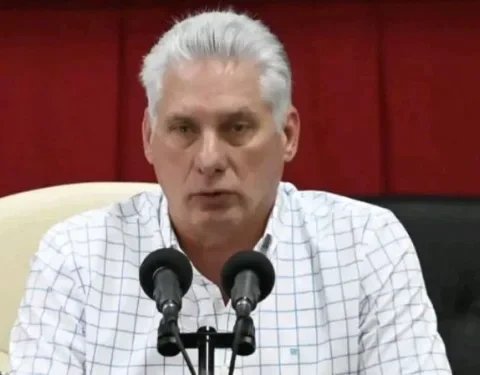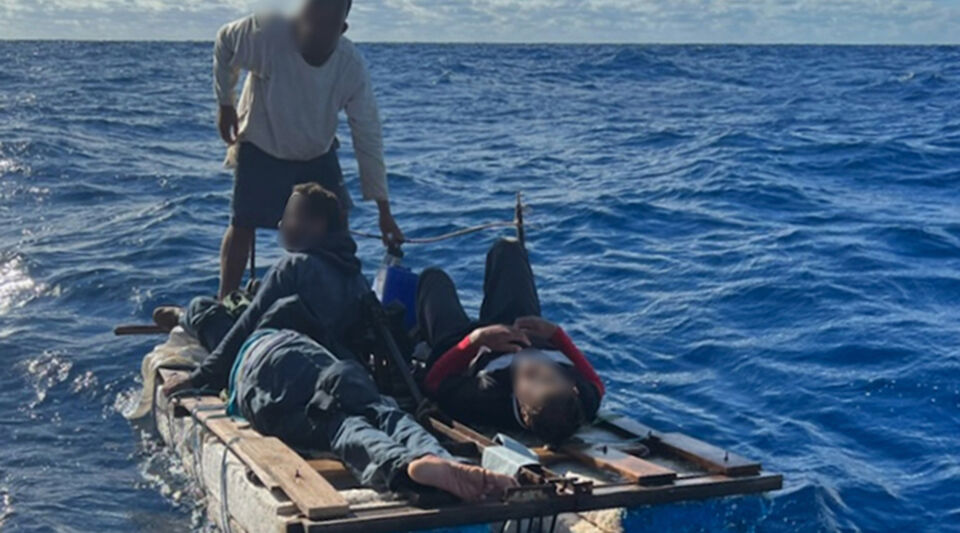Havana Cuba. — In the annals of Cuban graphic humor, names like Jaime Valls, Eduardo Abela, Rafael Blanco, Armando Maribona, Héctor Zumbado, Juan Padrón and others shine. During the Republican stage, some stood out for their sharpness in political satire and the creation of comics that found acceptance beyond the Cuban borders.
Such was the case of the cartoonist and caricaturist Antonio Prohías, born in Cienfuegos on January 17, 1921. Graduated from the San Alejandro Academy of Fine Arts, in 1946 he obtained for the first time the “Juan Gualberto Gómez” award, the highest distinction awarded awarded to cartoonists at that time, and that he would win five other times.
Endowed with a singular sharpness for political caricature, Prohías was a regular contributor to various publications, capturing in his drawings the political and social environment that prevailed in the country. Owner of a refined humor that impressed characters and situations, he studied human nature in depth, a trait that allowed him to create critical and instructive vignettes, as well as hilarious ones.
All the republican governments were flogged for their implacable art; but in 1959, with the arrival of the bearded men to power, circumstances changed. Prohías seemed to sense Fidel Castro’s true plan, and from the same year of the “triumph” he began to represent him as a communist.
At that time, the man from Cienfuegos held the presidency of the Association of Cuban Cartoonists. The irony of his cartoons, as well as his elevated responsibility within a union that Castro found particularly annoying, caused the harassment of the new regime, enemy of freedom of expression and creation, to be unleashed on him.
Antonio Prohías was accused without evidence of being an agent at the service of the CIA, and Fidel Castro himself appeared on television stating, while showing a cartoon of him, that they were making “campaigns” against him.
Anticipating what was coming, Antonio Prohías went into exile in May 1960 to save his life. In New York City, he had to start from scratch, alternating common jobs during the day with his trade as a cartoonist at night.
The popular characters of the saga were born in the big city Spy vs. Spywhich reflected the confrontations between the United States and the Soviet Union, and that same year won the Mergenthaler award for the best global anti-communist cartoon, published by the daily The world.
After that immediate success, Antonio Prohías presented his drawings to the satirical magazine MAD, where they were immediately accepted. his series Spy vs. Spy it became a classic that transcended the comic format to be reproduced in books, movies and television. Prohías continued to collaborate with the publication until his retirement due to illness.
Among his best-known comic strips are La Mujer Siniestra, Tovarich, El Diplomático, Erizo and Oveja negra, all produced during his years working inside Cuba. In 2017 Prohías was included in the Will Eisner Hall of Famewhich recognizes creative talent in the comic book universe.
Receive information from CubaNet on your cell phone through WhatsApp. Send us a message with the word “CUBA” on the phone +525545038831, You can also subscribe to our electronic newsletter by giving click here.

















